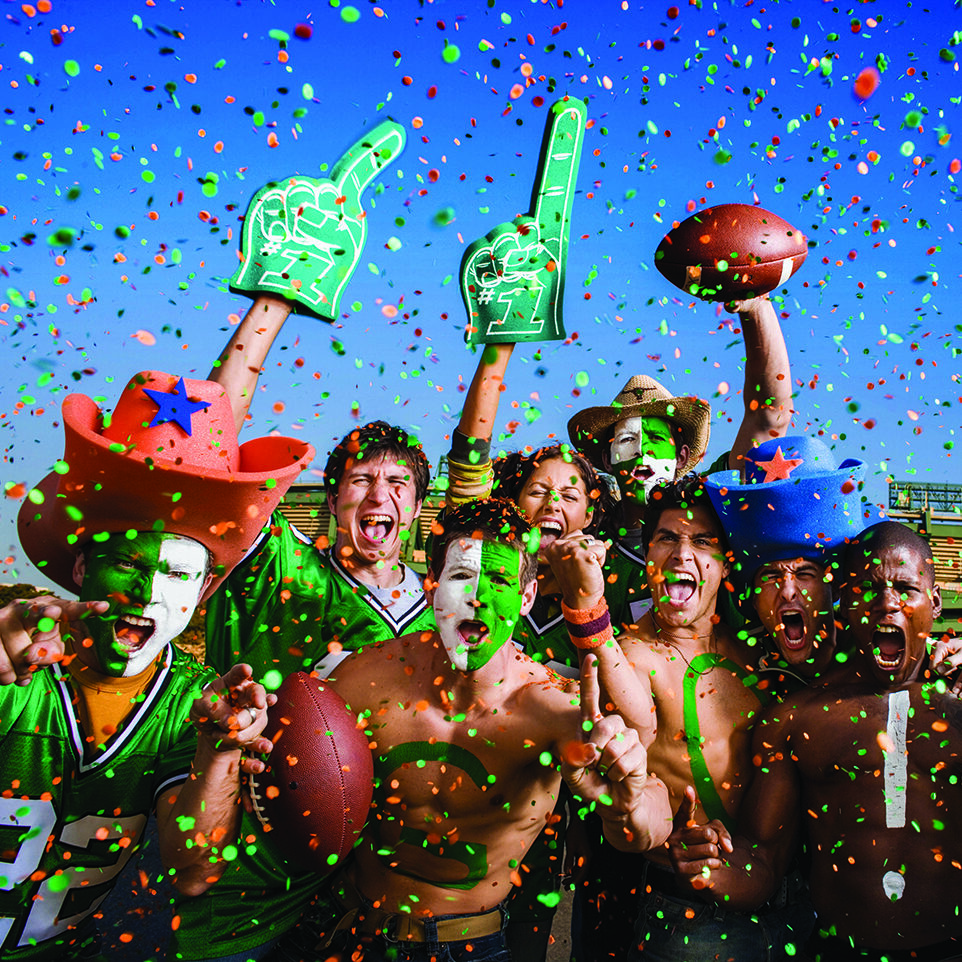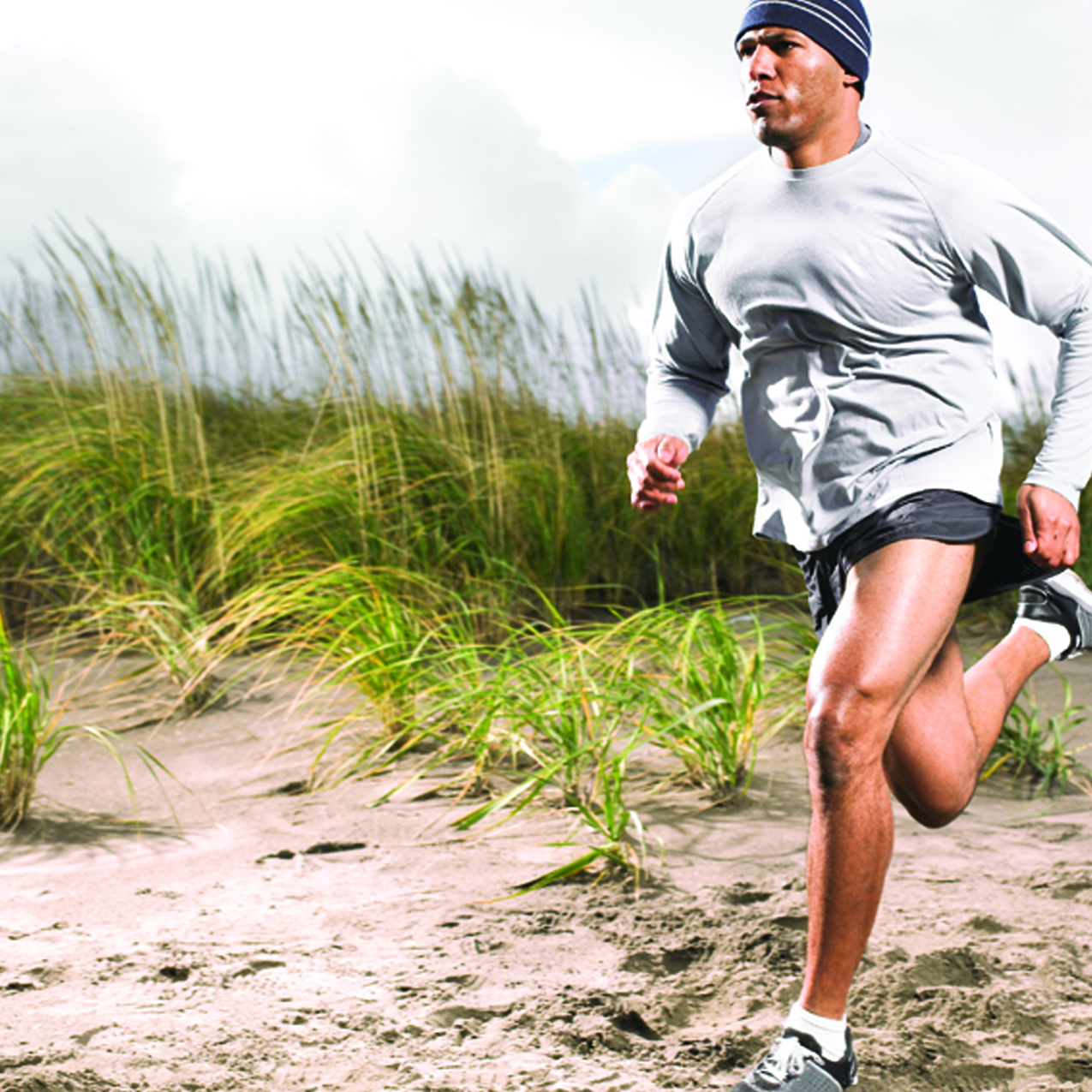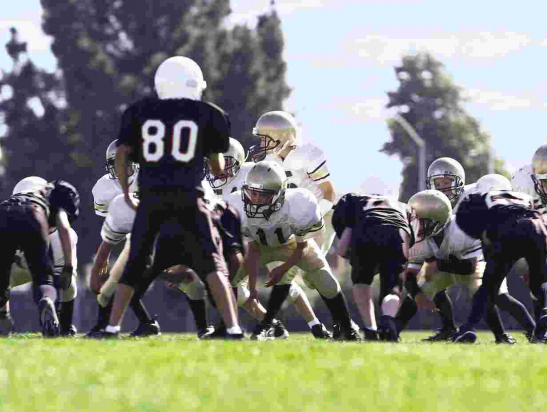The popularity of football is undeniable. Football fans anxiously await the return of the sport each fall. The season’s opening kickoff stokes the passion of fans of scholastic, college and professional football, prompting a months-long focus on the sport.
Many fans take their love of football on the road each season. In fact, travel has become such a big component of football fandom that the National Football League has made an event of its annual schedule release each spring. Once schedules are released, it’s not uncommon for fans to begin making plans to travel so they can support their team on the road. Whether fans intend to drive, fly or take another route to the game, they can consider these tips to make the most of their football road trip this season.
Plan Early
The earlier fans begin planning, the more likely they are to get great tickets, budget-friendly travel deals and comfortable lodging. Schedules are typically released many months before the season begins, and fans are urged to begin planning their trips once they can confirm the date of the game they would like to attend.
Consider Sponsored Travel Packages
Individual teams, leagues or private fan clubs may organize travel packages to particular games for interested fans. Such packages can save fans the legwork of planning their own football travel weekend, as they typically include tickets to a game and lodging. Some packages even include bus or airfare and pregame meet-ups with fellow fans at an establishment close to the stadium.
Confirm You Can Get Tickets
Apps and websites like SeatGeek, Stubhub and Ticketmaster ensure it’s possible to get tickets to any game on the schedule in a given season. However, fans should do a little research into ticket prices prior to booking any other components of the trip. Much has been made of consumer demand for live event experiences after restrictions related to the COVID-19 pandemic were lifted. For example, the entertainment company Live Nation reported a 32 percent increase in revenue during the third quarter of 2023. That heightened demand has driven up the cost to attend live events in many cities. Fans who want to take their fandom on the road this football season should visit team websites and secondary market sellers to confirm if ticket prices are within their budgets. If so, purchase tickets and then begin planning the rest of the trip.
Don’t Forget To Consider Weather
Though football fans tend to be a hardy breed, weather still merits consideration when planning a football travel weekend. The tail end of a football season can be cold, particularly when traveling to parts of North America where winter typically begins early. If cold weather figures to dampen your travel experience, look for indoor stadiums or follow your favorite team to regions like the southeastern or southwestern United States, where temperatures tend to remain welcoming even as the football season reaches its latter stages.
Traveling on the road with your favorite team is a great way to take your football fandom to the next level. That’s particularly true when fans give ample thought to certain variables prior to booking a trip.










